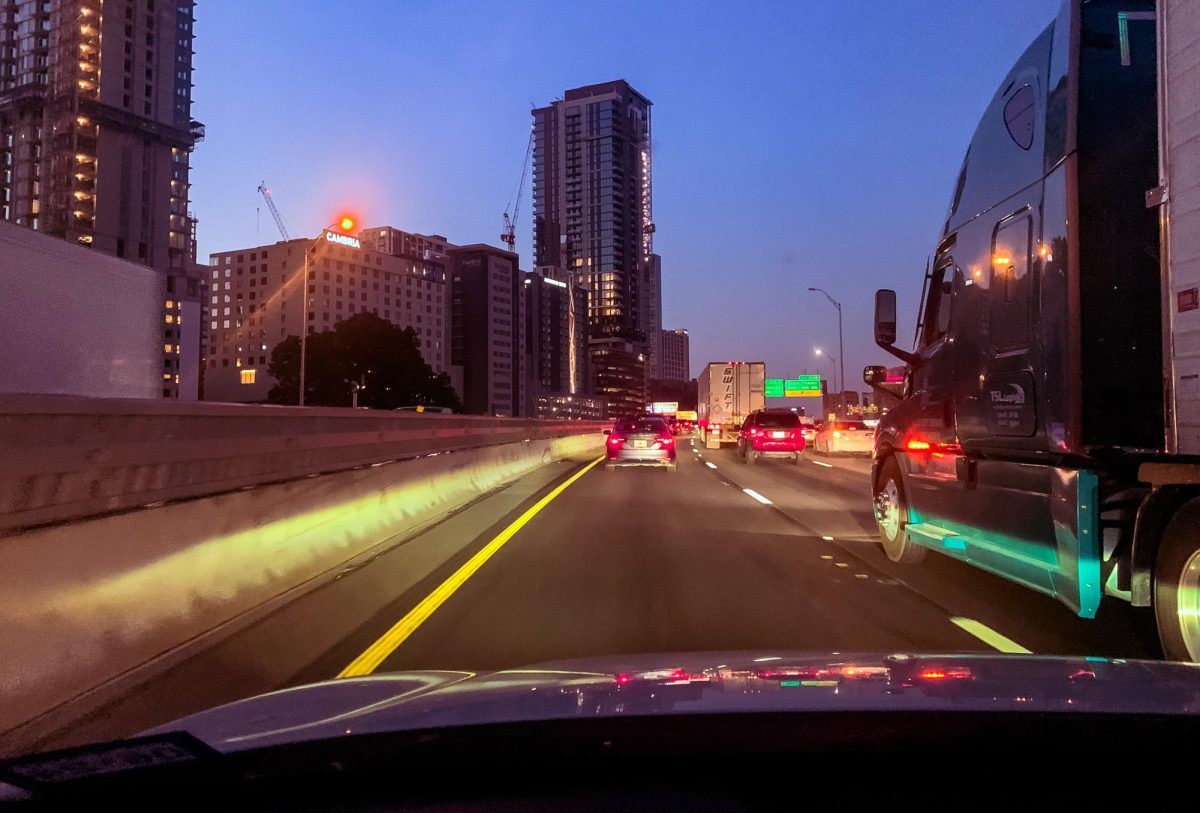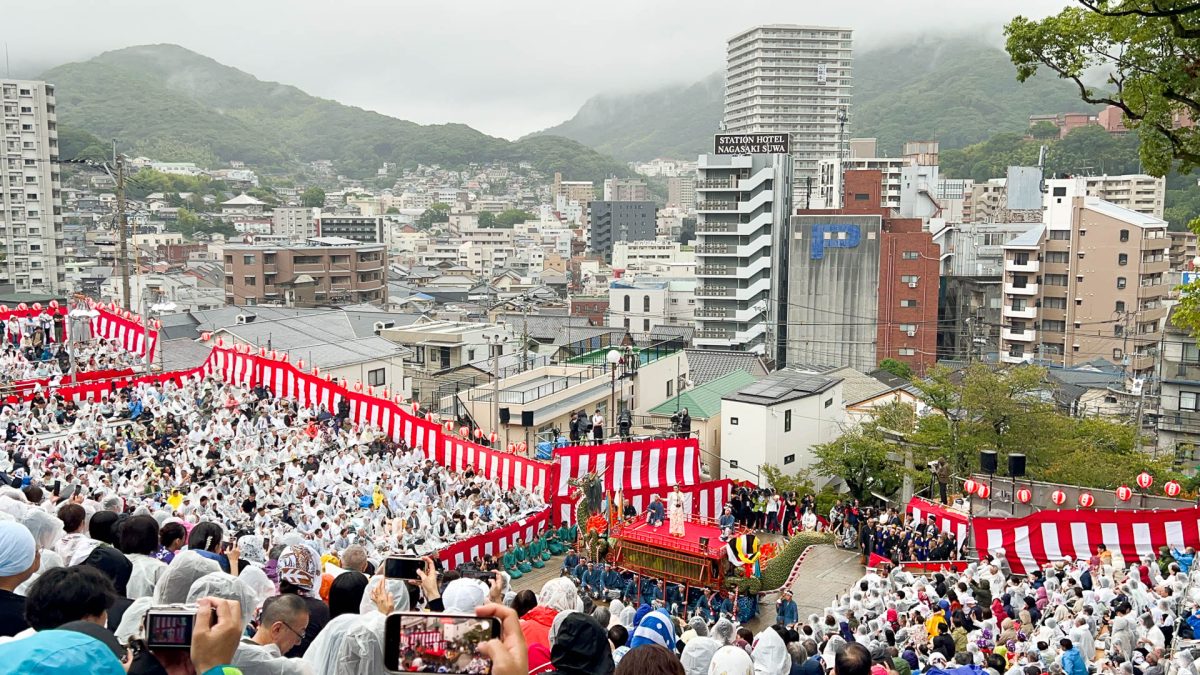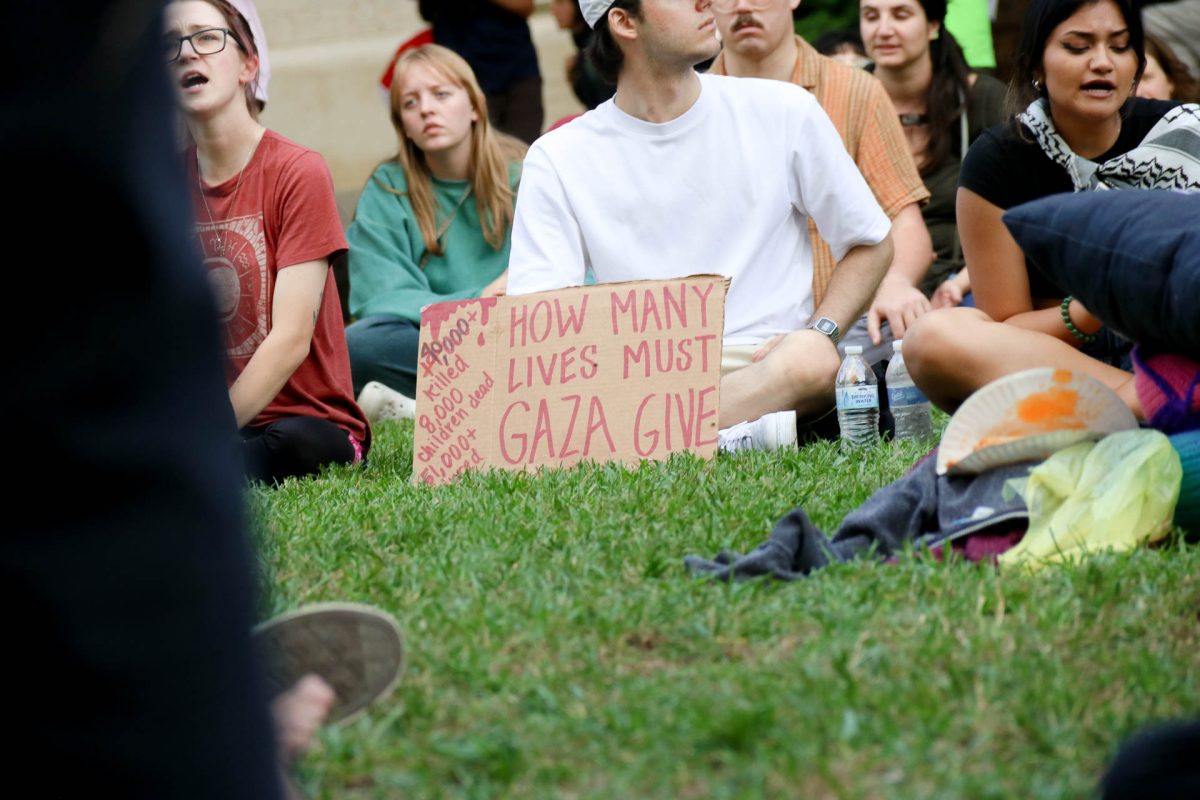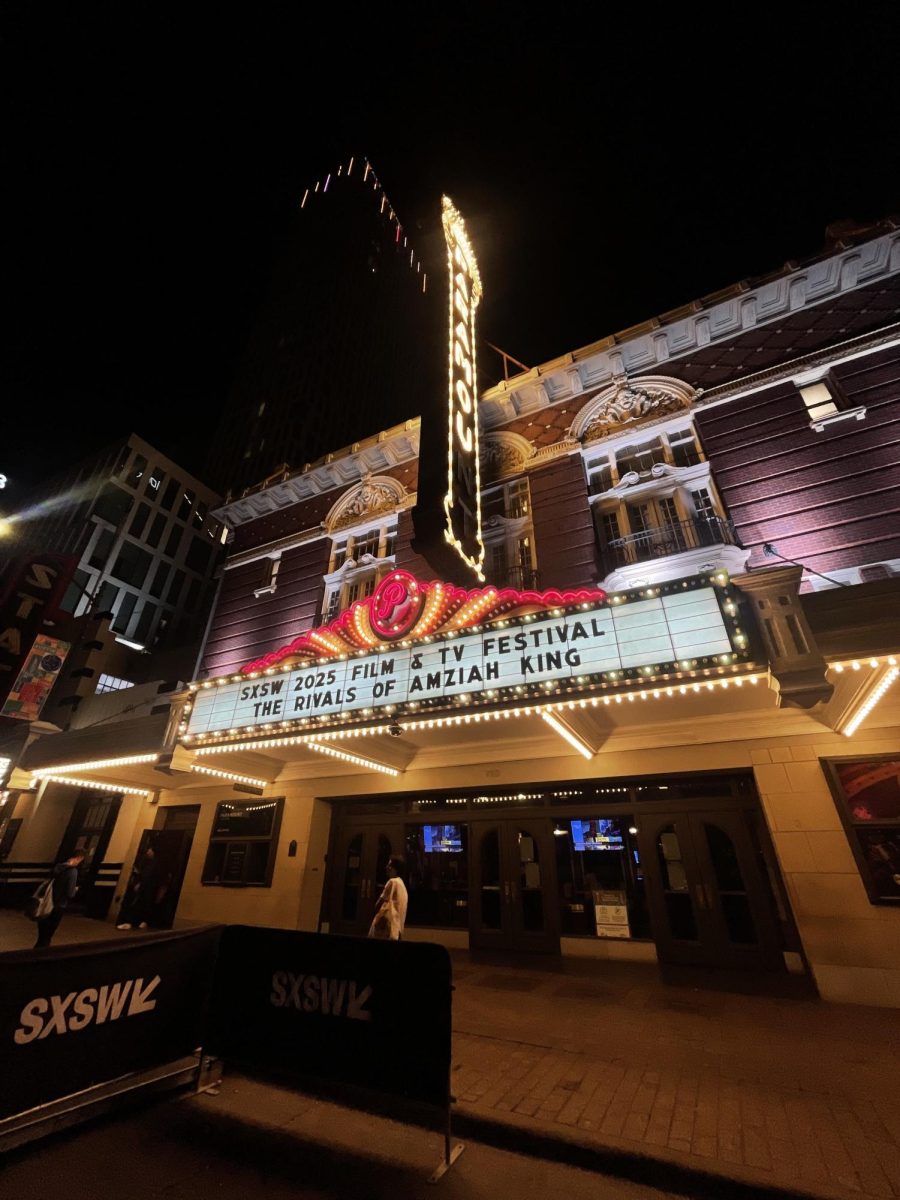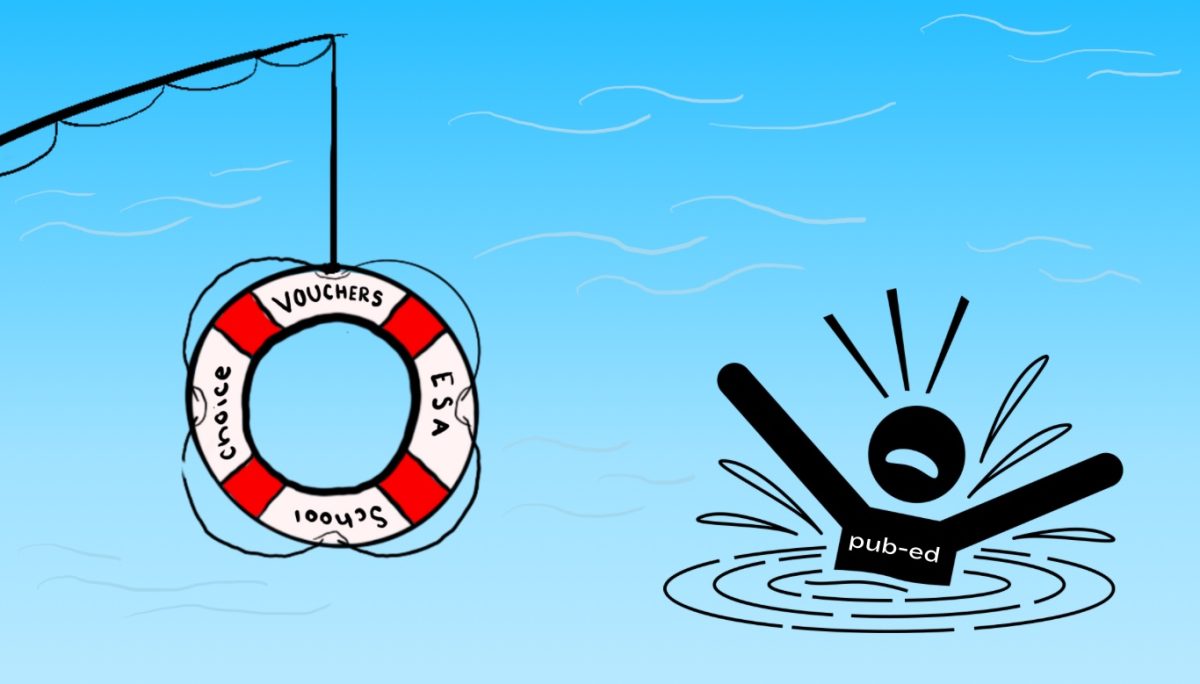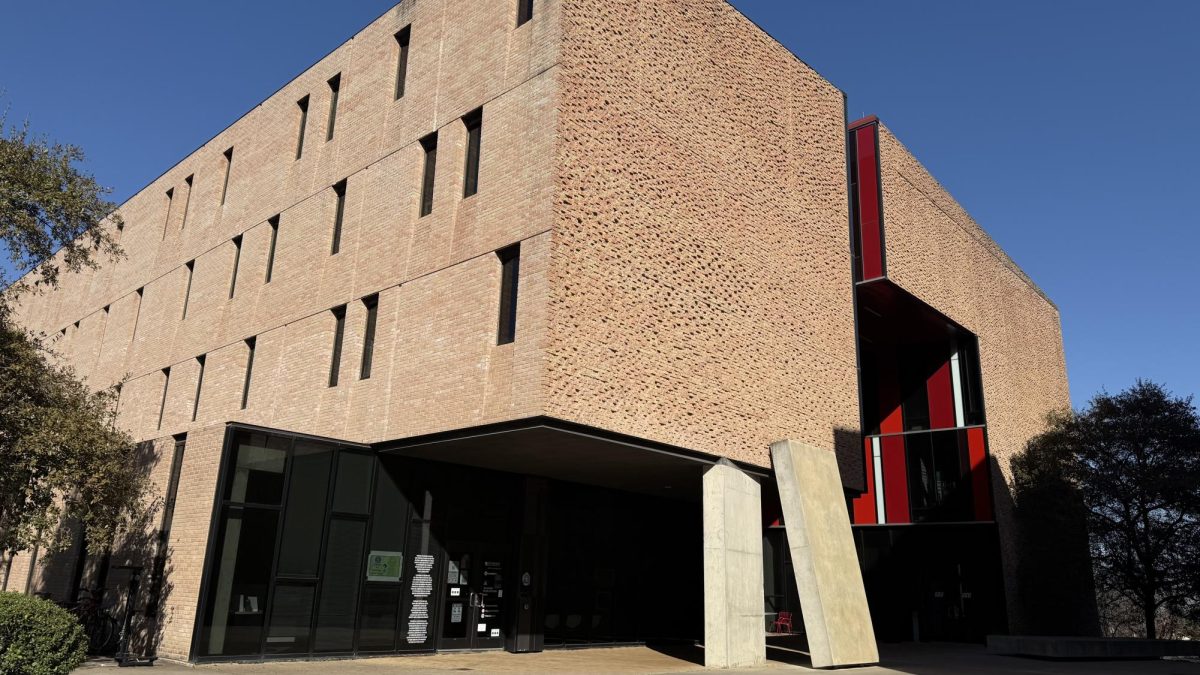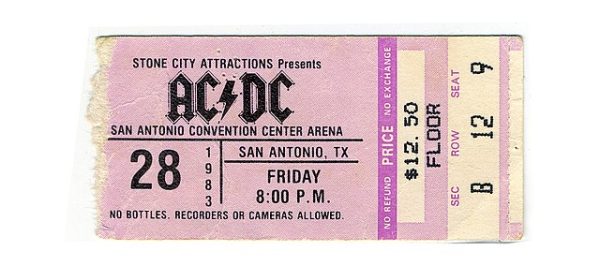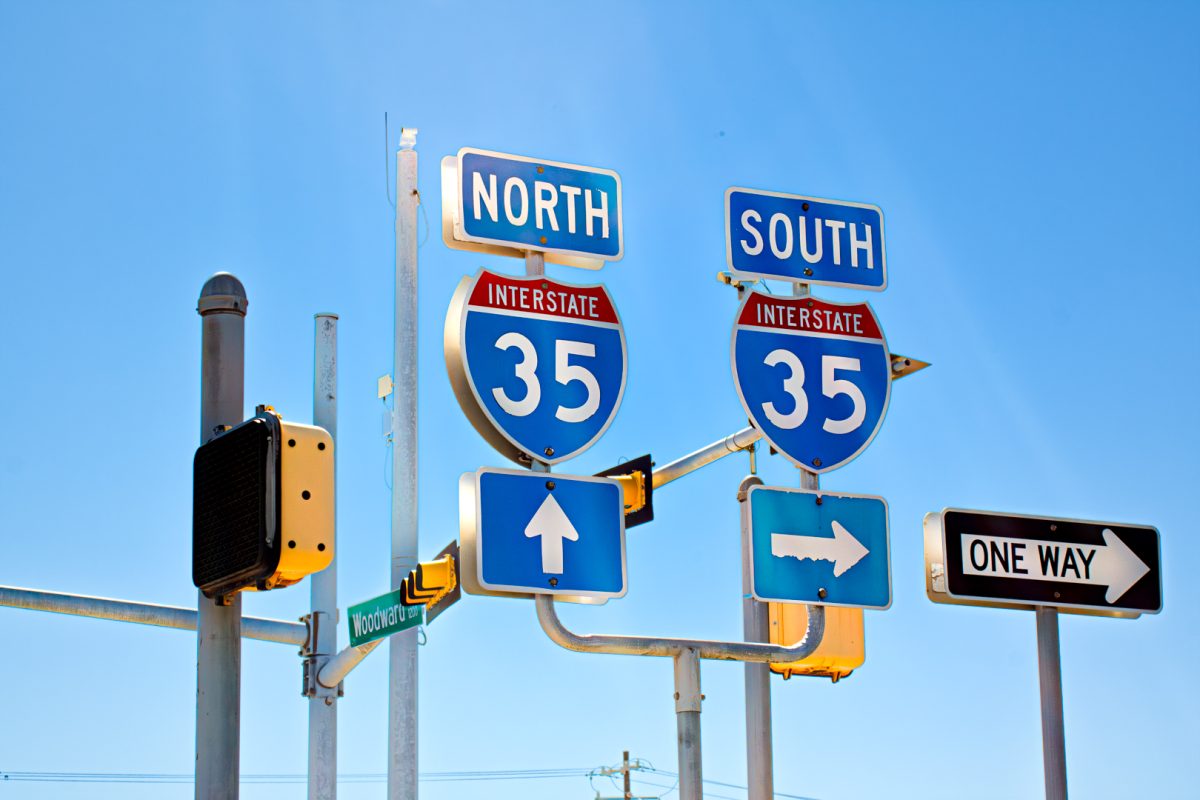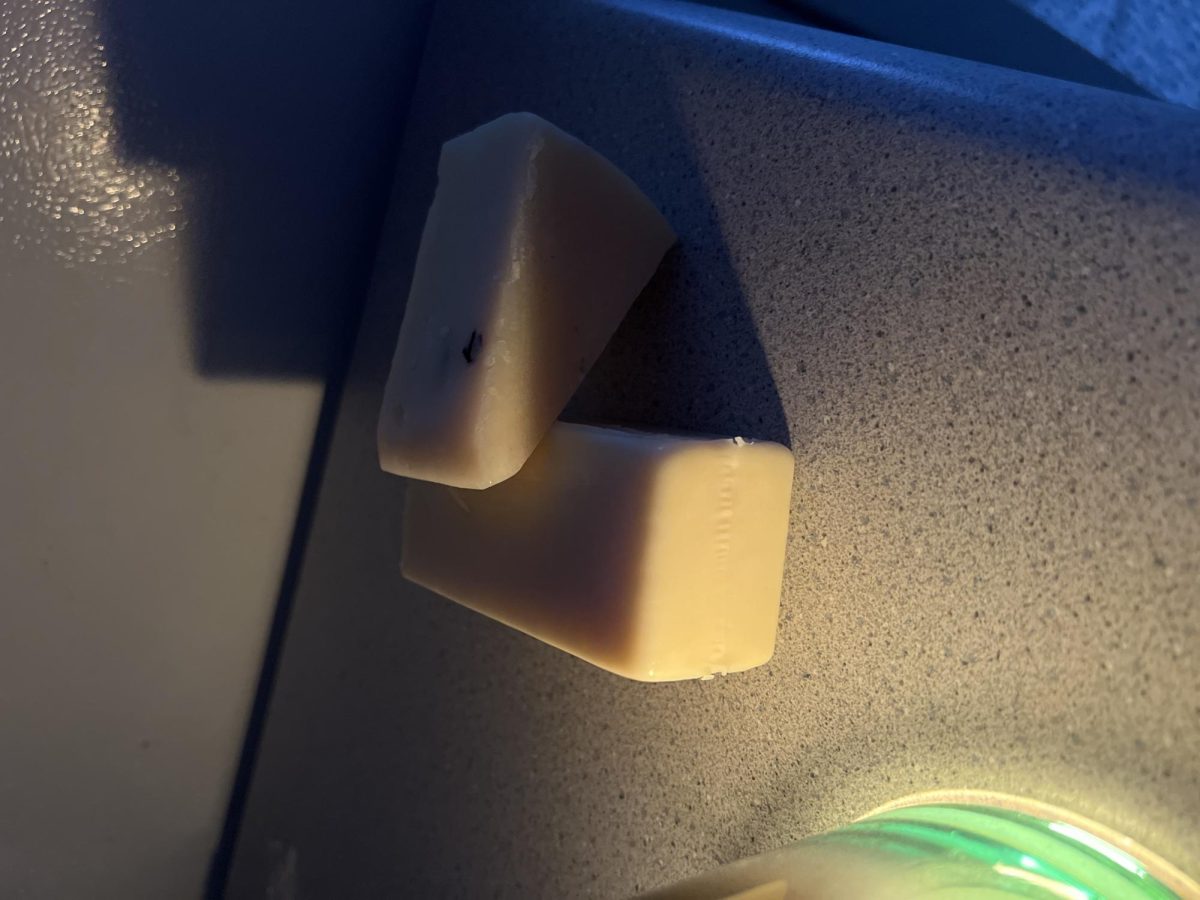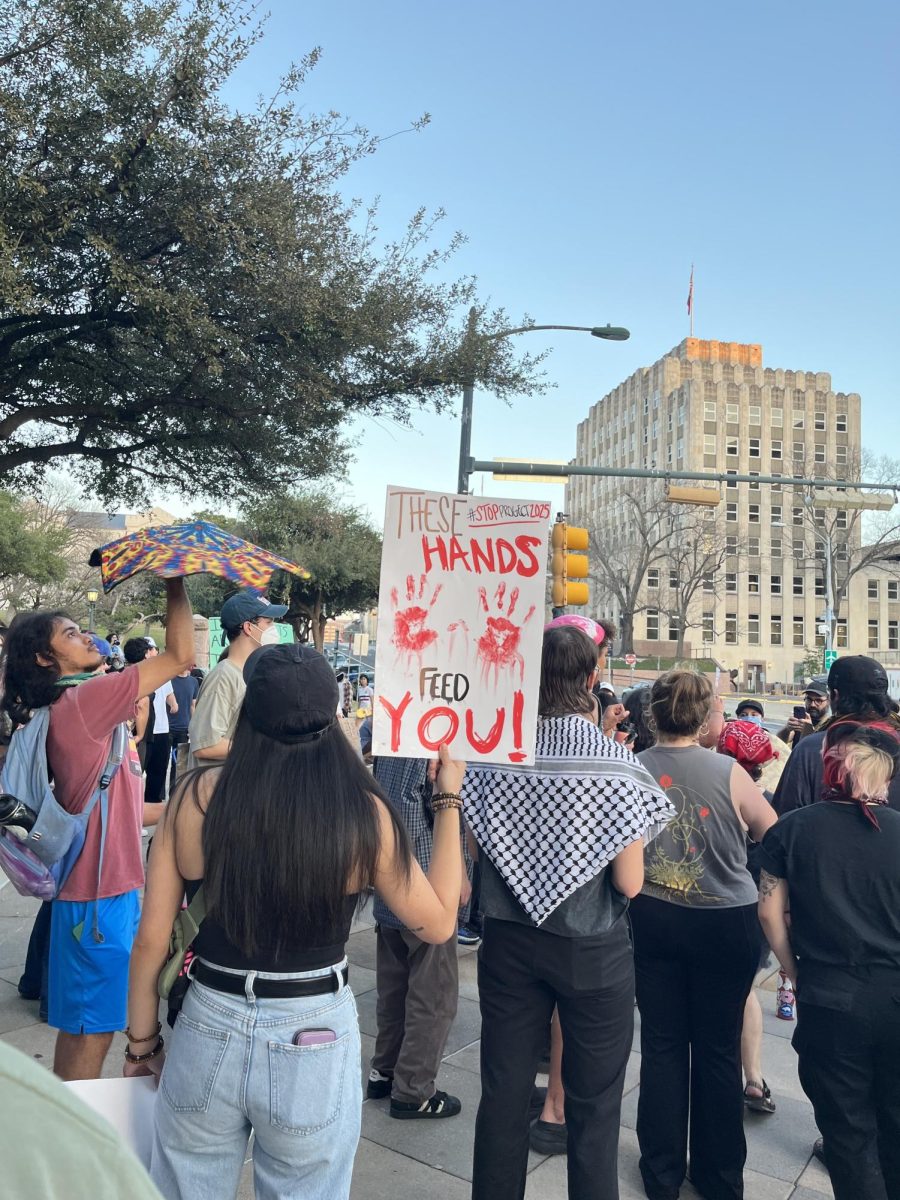Crossing East Oltorf as I drive back onto campus, I can’t help but watch in wonder at the vast sprawl of asphalt stretching as far as the eye can see as massive trucks and speedy Teslas pass beneath me at breakneck speed. The city looms in the distance, a vaunted majesty of glittering lights sitting on the horizon, just out of reach. I am, of course, talking about the colossus known as Interstate 35.
Stretching from Laredo, Texas all the way up to Duluth, Minnesota, I-35 connects a plethora of metropolitan areas, including San Antonio, Dallas and our very own Austin. I-35 runs through the center of the city, partitioning the downtown area from East Austin and creating a divide that splits the city in two. The highway spans an average of 12 lanes, including access lanes and entrance and exit ramps and is operated by the Texas Department of Transportation, commonly known as TxDOT. The Department manages all maintenance and development of the highway and supports any new projects such as the proposed expansion plan known as the I-35 Capital Express Project. Many advocacy groups have stated their strong disapproval of the plan, as its damage to the urban landscape would prove irreversible, spoiling the fabric of the city which would see “two, non-tolled managed lanes in each direction” added to the existing infrastructure.
But first, it’s important to understand what TxDOT is actually proposing and why. TxDOT writes in their brief for the proposal that “the highway’s construction and current design on top of East Avenue also had consequences, becoming a physical barrier between East and West Austin, and perpetuating racial and economic divisions for decades.”
Their solution seeks to surmount this physical barrier and connect Eastern parts of the city with the West. In fact, much of the divisions that form the basis for the highway are on racial lines, dividing communities and contributing to many of the segregationist policies of the 1950s and 60s surrounding land use and zoning. Still, the highway connects millions of people to the city and into the surrounding areas and acts as a major hub for the growing city of Austin. That’s why TxDOT sees the need for a restructuring, including plans for capped areas where building projects can be established on top of these newly constructed traffic lanes. Capped lanes are newly constructed areas of highways that are able to be developed into low-level construction projects, like parks or small buildings. They allow for parts of the highway to be covered so that the beauty of the city is not violated. TxDOT will not provide funding for these capped projects, which angers local advocacy groups like Rethink35. Luis Osta Lugo, spokesperson for political advocacy group Rethink35, says these promises of capped areas are just a distraction to the real problem.
“TxDOT (is) just trying to kick the can down the road, trying to place the burden on a city that is already struggling financially,” Lugo said. “The City of Austin’s credit rating was downgraded in 2019, which makes it incredibly hard to justify the kind of investment required to make these ‘caps’ work”
He goes on to describe a wider point about the rapid suburbanization of the city and about how inefficient highway travel across cities really is.
“The expansion creates more uninhabitable space that is harder to cross, plus with the traffic increase, property prices would soar, which leads to the kind of urban sprawl that we are already seeing in our metropolitan areas and in the suburbs,” Lugo said. “A train occupies the same amount of space and runs at the exact same speed no matter whether it is at 100% capacity or at 0% capacity. The same simply cannot be said for the highway system. If a train is full, it doesn’t lead to further traffic problems elsewhere. If I-35 is full of traffic, roads all around the city feel the knock on effects, from every exit within a half-mile radius”.
He notes that students from St. Edward’s would be able to hear construction for the expanded expressway right here on campus if current proposals were to be implemented. However, the bureaucratic red tape involved with a project of this size means that there is still opportunity for opposition, even as ground breaks over Southern and Central sections.
“Sign petitions, join political advocacy groups, get involved with organizing protests and public forums,” Lugo said. “There are a lot of organizations out there that are making a tangible difference”.
But, with the political polarization of this issue placing it within the national consciousness as a power struggle between Governor Greg Abbott and the liberal led Austin City Council, will local action even make a difference? With such large organizations as the Texas Department of Transportation and the Governor’s office being involved, will grassroots organizations ever stand a chance? What good is a small petition against the might of TxDOT and all of its resources? It seems to me that this campaign is doomed to fail – too much money, time and resources have been invested into this project for the authorities to abandon it, no matter how many protests or petitions groups like Rethink35 host.
Lugo acknowledges this idea, recognizing the challenges of pushing a more liberal agenda in such a Republican dominated state. However, he is still optimistic about the work he is doing.
“Even if advocacy and petition signing and event organizing does not work, it is still one of the most life-affirming and joyous fights a person can do with their life,” Lugo said. “You’d be surprised about how much impact individual action can have on local issues.”
Lugo hits the nail right on the head. While much attention is given to hot-button national and international issues, local policies that impact us right here, right now deserve our attention and can be some of the best ways to get involved with your community. It is not always about the end result. The beginning of some of the biggest civil rights movements in the country all started with small grassroots organizations that failed. They failed again and again until eventually their voices were heard. Fighting for what you believe in, even in the face of certain failure, when you are secure in the belief that you are right is one of the most important things a person can do with their lives. It’s how we move forward as people and create the change the world so desperately needs. So why not keep fighting? Carry on the struggle, even if you believe there is no hope. Especially if you believe there is no hope. Then maybe 10, 20, or even 30 years from now, students won’t have to cringe as they pass East Oltorf, and see the abyss of concrete stretching out before them. Maybe they can start to be proud of the change those before them have created, and of the legacy they have left behind.


